Англійські часи
Спеціалізований курс, повністю зосереджений на засвоєнні системи часів англійської мови. Навчіться правильно використовувати та розуміти англійські часи, їх утворення та практичне застосування.

Теми в цьому курсі

Present Simple
ElementaryThe present simple tense describes actions that are regular, habitual, or generally true. It’s used for facts, routines, and things that are always or usually true.

Present Progressive (Continuous)
ElementaryWe use the present progressive to talk about temporary actions and situations that are going on now or around now: before, during and after the moment of speaking and as well to talk about future fixed plans, personal arrangements, normally with time expresssion.

Future Simple
ElementaryThe future simple tense is used to describe actions or events that will happen in the future, often when the decision is spontaneous, the action is uncertain, or for making promises, predictions, or offers.

Past Simple
ElementaryThe past simple tense is used to describe actions, events, or situations that were completed at a specific point in the past. It is commonly used to tell stories, recount past experiences, or talk about past habits or routines.

Present Perfect vs Past Simple
IntermediateThe past simple is used for actions completed at a specific time in the past, while the present perfect connects past actions to the present. Learn how to master these tenses to improve your English fluency and express yourself more clearly!

Future Simple vs to Be Going To Structure
ElementaryThe future simple is used for spontaneous decisions, promises, or predictions based on opinions (e.g., I think it will rain). "to be Going to" is used for planned actions or predictions based on evidence. Let's try to see the difference in use!

Present Perfect vs Present Perfect Progressive (Continuous)
IntermediateUnderstand the difference between completed actions and ongoing situations. Learn how to see the right focus.
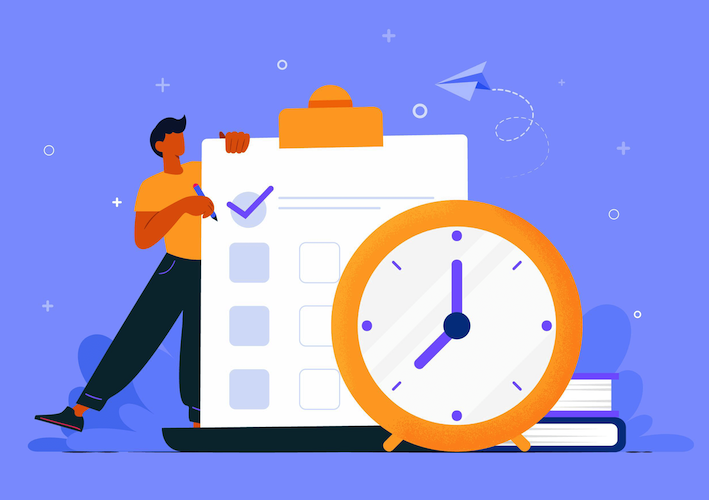
Present Simple vs Present Progressive
ElementaryTruths, routines, actions in progress, future plans... Present Simple and Present Progressive. Learn to master both and make your English dynamic and precise!

Present Perfect Progressive (Continuous)
IntermediateWe use the present perfect progressive, in general, to talk about situations which started in the past and are still going on, or which have just stopped and have present results.

Present Perfect
IntermediateThe present perfect tense connects the past to the present, showing actions or experiences that happened at an unspecified time before now or that started in the past and continue to the present. It is often used with markers like already, yet, just, or since to emphasize relevance to the present.

Future Progressive (Continuous)
IntermediateThe future progressive tense is used to describe actions that will be ongoing at a specific time in the future or actions that are planned or expected to happen in the future.
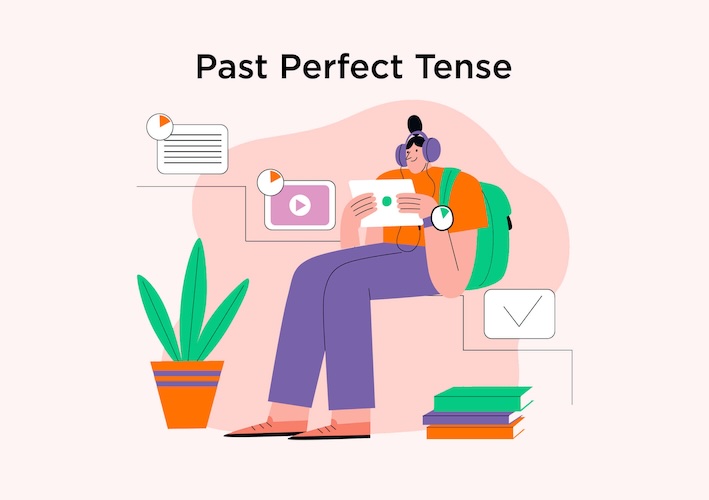
Past Perfect
AdvancedThe past perfect tense is used to describe an action that was completed before another action or specific time in the past. It’s commonly used to show the sequence of events and clarify which action happened first.
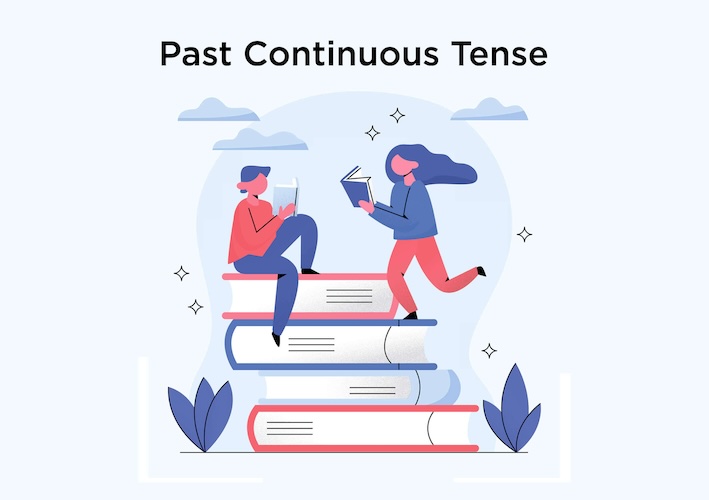
Past Progressive (Continuous)
IntermediateThe past progressive tense, also known as the past continuous tense, describes actions or events that were ongoing at a specific time in the past.

Future Perfect
AdvancedThe future perfect tense is used to describe actions that will be completed before a specific time or event in the future. It emphasizes the completion of the action rather than the action itself.
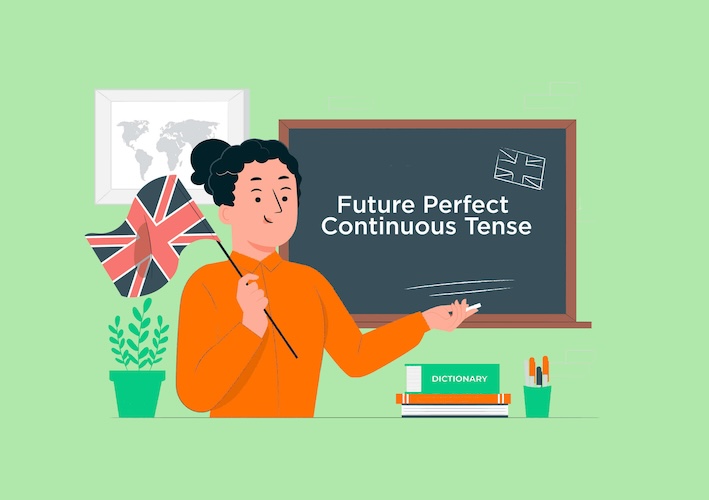
Future Perfect Progressive (Continuous)
AdvancedWe use the future perfect progressive form when we are looking back to the past from a point in the future and we want to emphasise the length or duration of an activity or event.
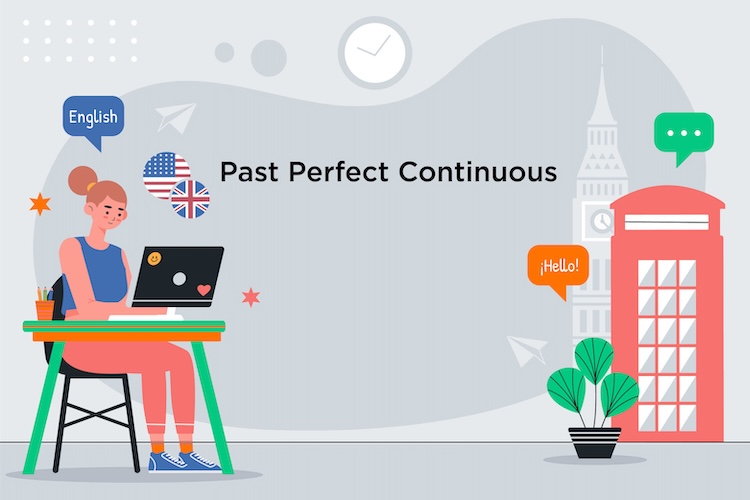
Past Perfect Progressive (Continuous)
Advancedthe past perfect continuous indicates something that began in the past, continued in the past, and also ended at a defined point in the past and can as well be used to emphasize the duration of the action before another past action.
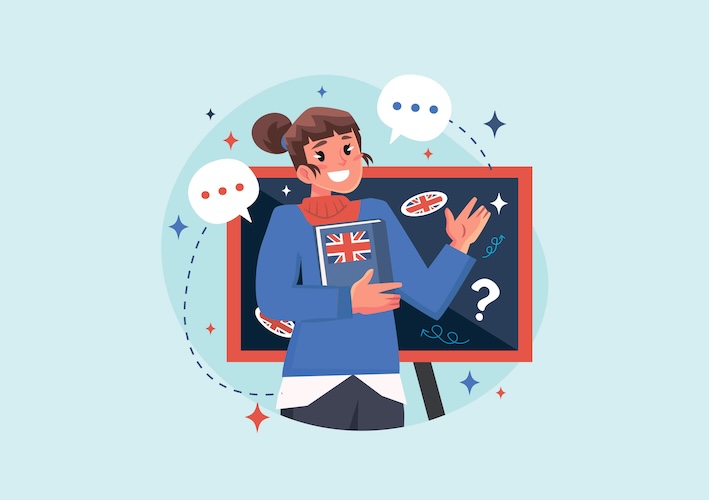
Past Simple vs Past Progressive (Continuous)
IntermediatePast simple is used for actions that happened and were completed at a specific time in the past, while past progressive describes actions that were ongoing or in progress at a particular moment in the past. Now you can learn how to see the difference!

Irregular Verbs Part I
ElementaryHere’s a list of some commonly used irregular verbs suitable for elementary learners. These verbs appear frequently in everyday conversation and writing.

Irregular Verbs Part II
IntermediateHere’s a list of some commonly used irregular verbs suitable for intermediate learners. These verbs appear frequently in everyday conversation and writing.
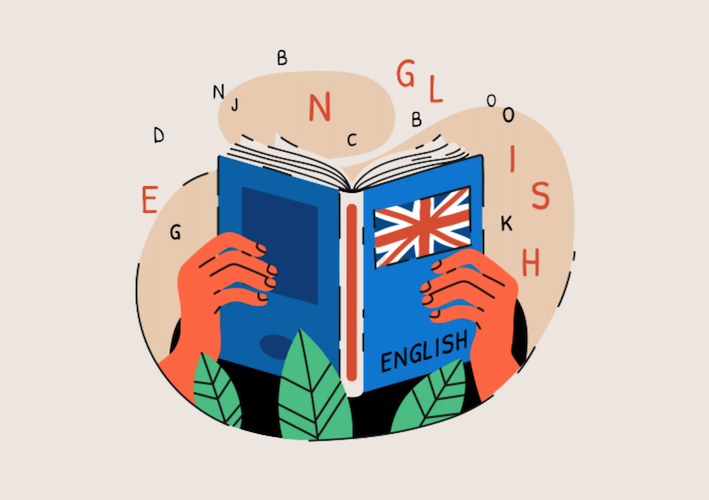
Irregular Verbs Part III
AdvancedHere’s a list of some commonly used irregular verbs suitable for intermediate and advanced learners. These verbs can appear in everyday and business conversation and writing.

